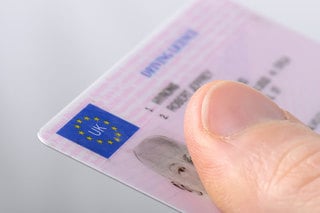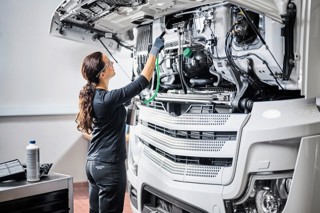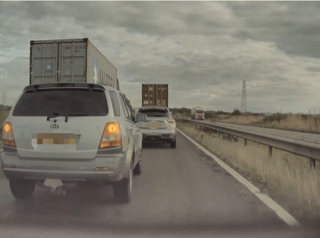One of the world’s largest healthcare companies has witnessed significant improvements in both the safety and fuel efficiency of part of its fleet after introducing a trial of an advanced driver assistance system (ADAS).
Johnson and Johnson (J&J) installed Mobileye in 65 cars driven by a cross-section of employees in January.
Just three months into the six-month trial, the company has already witnessed a 14 percentage point improvement in safety as well as an 11 percentage point improvement in its fuel use.
These improvements were identified after participants’ driving abilities and habits were benchmarked according to a series of metrics at the start of the trial and subsequently assessed at regular intervals thereafter.
Mobileye helps drivers avoid accidents by alerting them about impending collisions with other vehicles and pedestrians, unintended lane departure, and when they are following the preceding vehicle too closely.
The technology also collates information about these driving habits which can then be used to score participants’ safety and subsequently assess improvements in their driving.
Additionally, Mobileye’s traffic sign recognition technology identifies posted speed limits in real-time and alerts drivers to speed limit violations, reducing the likelihood of speeding tickets while improving fuel efficiency.
Metrics from this component of Mobileye were used to calculate the improvements in fuel efficiency.
Amanda Fitzpatrick, business services lead with responsibility for fleet at J&J, said the introduction of the trial forms part of the company’s global safe fleet programme.
She said: “We had an existing relationship with Mobileye and once we’d launched the scheme I began asking for volunteers to take part in the trial.
“My inbox came alive within a couple of hours and I quickly had more than 200 applicants. They all wanted the chance to trial some high-end technology.”
J&J decided to use a cross-section of employees working in different departments from its five UK offices.
Fitzpatrick added: “These varied from those working in sales and marketing to manufacturing – many of whom drive long distances for work and while some of them are young, others are older, more experienced drivers.
“After the technology had been installed, the first two weeks were spent simply gathering benchmark data concerning the driving habits of those participants.”
Once the trial began, any improvements were gauged against this benchmark. Participants and their line managers received feedback fortnightly.
“There are a number of areas that participants are being assessed on like speeding, driving too close to other vehicles and remaining in the correct lane,” said Fitzpatrick.
In the first three months of the trial, J&J has seen its fuel economy improve from 74% to 85% against the benchmark.
She added: “We’ve also improved the safety of participants’ driving from 67% to 81% based on where they were at the start of the year.
“We’re now in discussions with our driver training company to review the fortnightly reports in order to improve the safety of our drivers even more.”
Anyone who drives on behalf of J&J undertakes Rospa advanced driver training.
“The trial has still got three months to run and at this point I wouldn’t want to predict whether it will ultimately be implemented across the whole of our company car fleet or just across certain key components of it,” said Fitzpatrick.
Mobileye’s technicians install each vehicle with a forward-facing camera, normally placed behind the rear-view mirror, in addition to a dashboard-mounted device to provide the motorist with alerts and information about their driving habits.
The Royal Institute of Navigation has estimated that the global ADAS market will be worth around £80 billion by 2016.
Other advanced driver assistance system companies with a strong market presence in Britain include NVIDIA.


















Login to comment
Comments
No comments have been made yet.